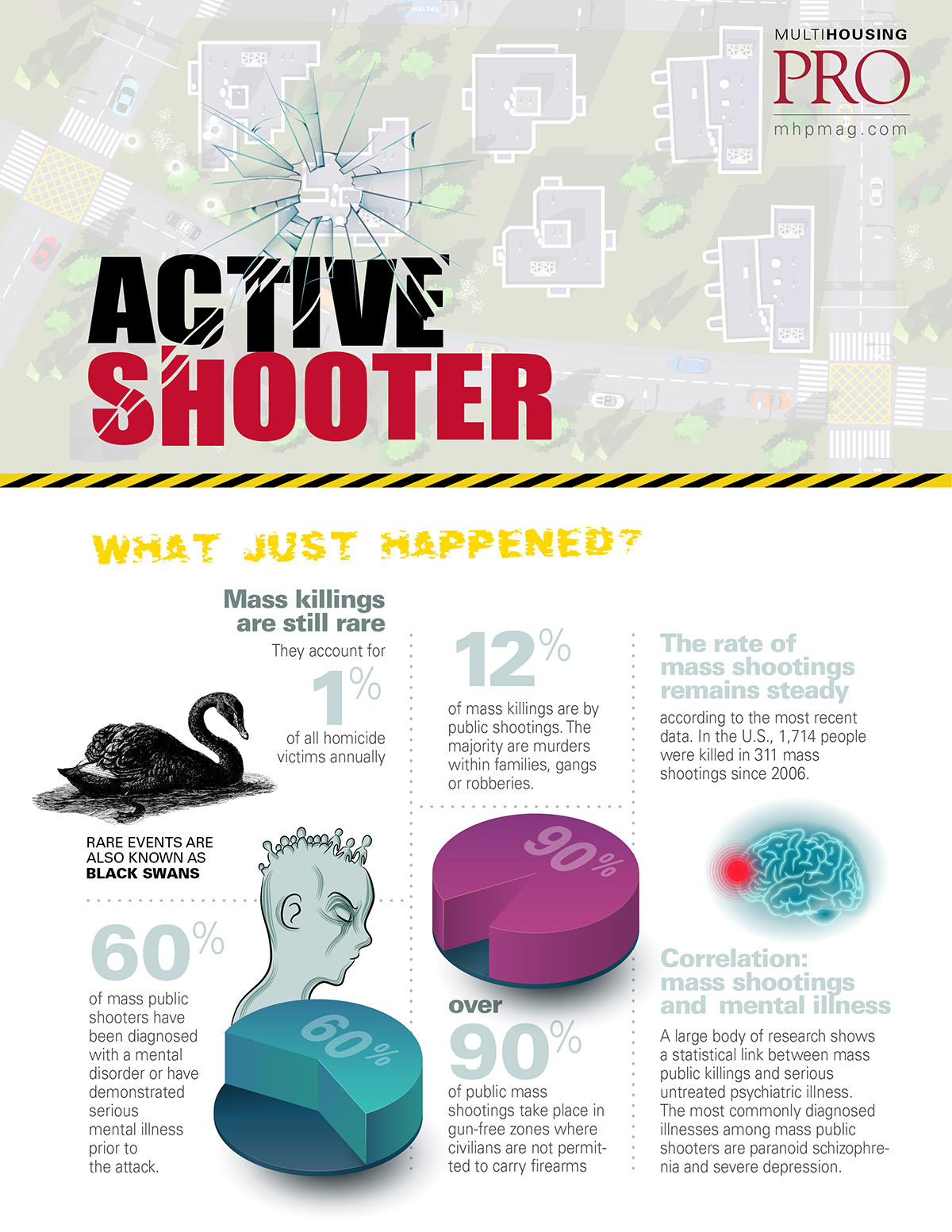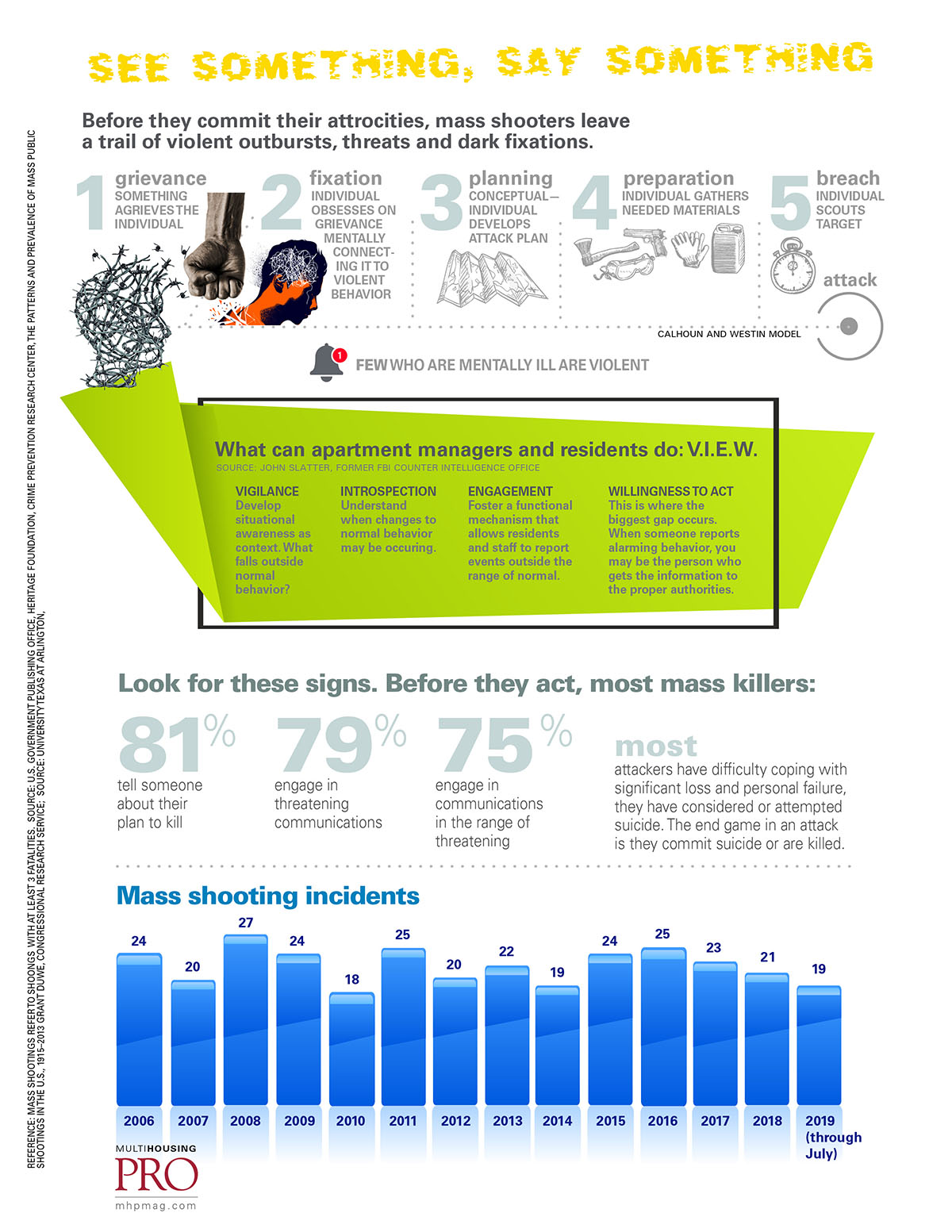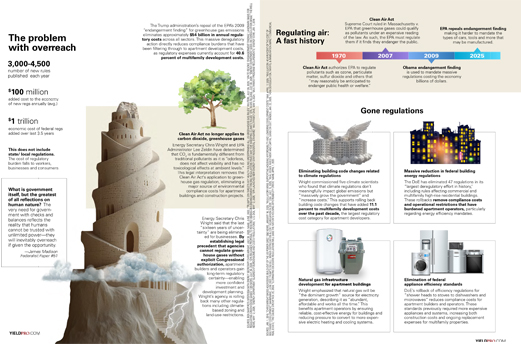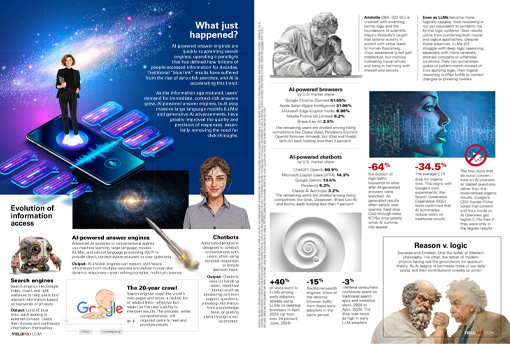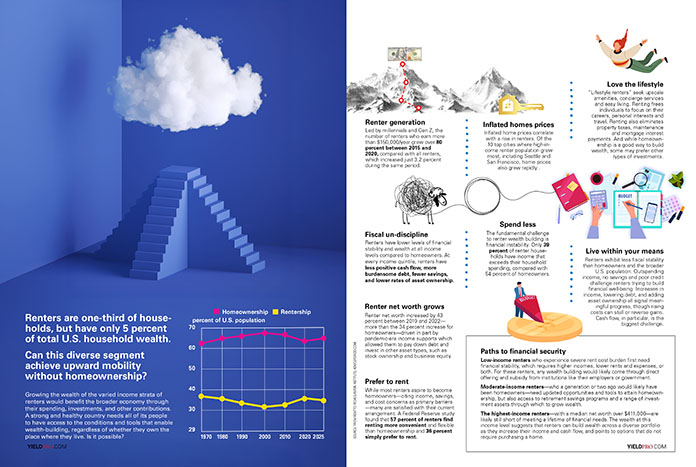What just happened?
- Mass killings are still rare. They account for 1 percent of all homicide victims annually
- 12 percent of mass killings are by public shootings. The majority are murders within families, gangs or robberies.
- 60 percent of mass public shooters have been diagnosed with a mental disorder or have demonstrated serious mental illness prior to the attack
- Over 90 percent of public mass shootings take place in gun-free zones where civilians are not permitted to carry firearms.
- The rate of mass shootings remains steady according to the most recent data. In the US, 1,714 people were killed in 311 mass shootings since 2006.
Correlation: mass shootings and mental illness
A large body of research shows a statistical link between mass public killings and serious untreated psychiatric illness. The most commonly diagnosed illnesses among mass public shooters are paranoid schizophrenia and severe depression.
See something, say something
Before they commit their atrocities, mass shooters leave a trail of violent outbursts, threats and dark fixations.
- Grievance – Something aggrieves the individual
- Fixation – Individual obsesses on grievance mentally connecting it to violent behavior
- Planning – Conceptual individual develops attack plan
- Preparation – Individual gathers needed materials
- Breach – Individual scouts target
What can apartment managers and residents do: V.I.E.W.
- Vigilance – Develop situational awareness as context. What falls outside normal behavior?
- Introspection – Understand when changes to normal behavior may be occurring.
- Engagement – Foster a functional mechanism that allows residents and staff to report events outside the range of normal.
- Willingness to act – this is where the biggest gap occurs. When someone reports alarming behavior, you may be the person who gets the information to the proper authorities.


